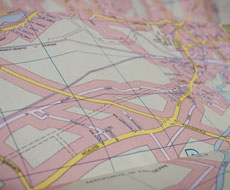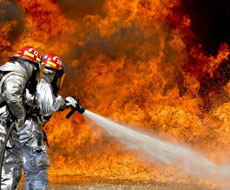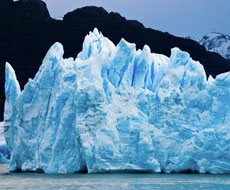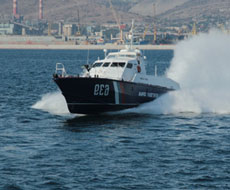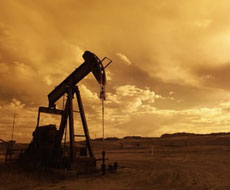Glavkosmos is an official distributor of the Earth remote sensing data acquired by the Russian orbital satellite constellation.
According to the Russian law “On space activities”, Earth observation from space is one of the main areas of space activities of Russia and the enterprises of the State Space Corporation “Roscosmos”. To solve the widest range of customer tasks - from natural resources and emergency monitoring to forest and environment management, monitoring of agriculture and construction sites - data from the Russian orbital constellation of Earth remote sensing spacecraft are used. With that, a full cycle of operations is provided: imaging in various modes, satellite data receiving, image processing, data analysis and decrypting, provision of special information products and services based on Earth observation data.
The data acquired by the Russian constellation that includes Resurs-P, Kanopus-V, and Aist-2D satellites have successfully proved effective, they are in demand both in the Russian and international markets.
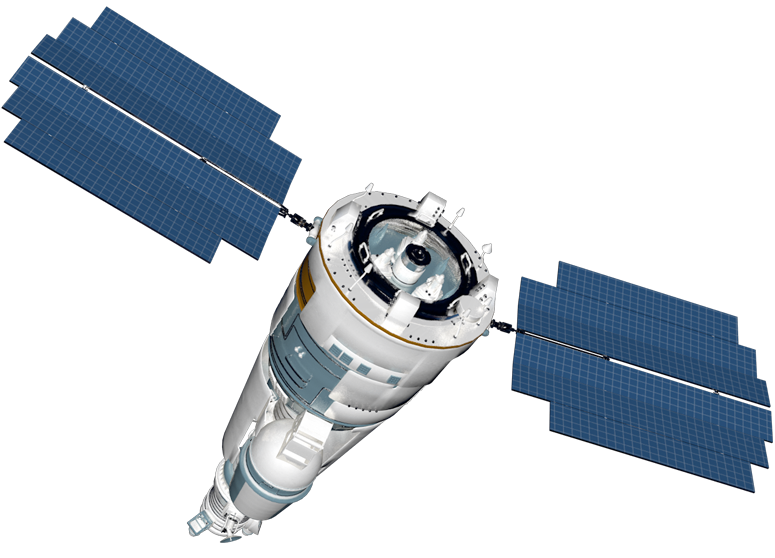
Resurs-P
Resurs-P is a series of the Earth observation satellites made in Russia, by JSC «SRC «Progress». The first launch was conducted on June 25, 2013.
Resurs-P is designed for high-resolution observation in the nearly circular sun-synchronous orbit (average height of 475 km). The expected active lifetime is 5 years. Resurs-P operates in four imaging modes – target imaging, ground-strip imaging, stereoscopic imaging and ground areas’ imaging.
General characteristics
Resolution
1 m Pan
3-4 m MS
Spectral channels
96(256)
Orbit
SSO (475 km, 97.28°)
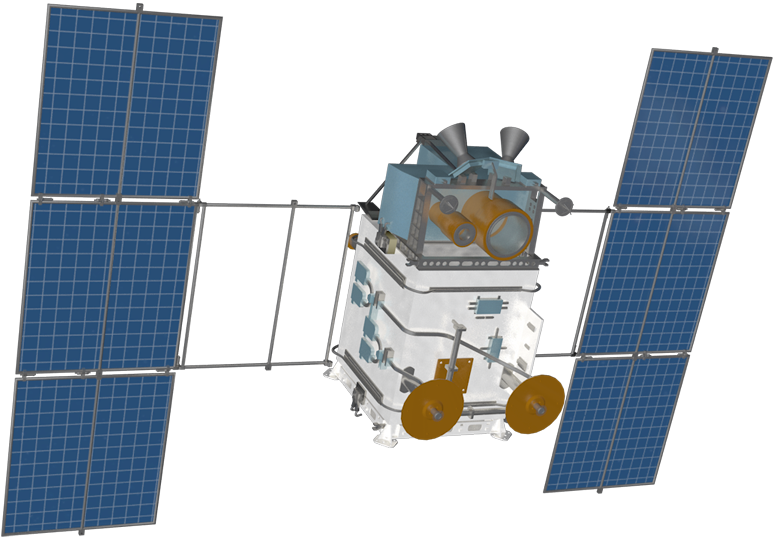
Kanopus-V
Kanopus-V is a Russian Earth observation satellite. The Kanopus-V spacecraft is designed by VNIIEM Corporation (full name - Research and Production Corporation ‘Space Monitoring Systems, Information & Control and Electromechanical Complexes’ named after A.G. Iosifian).
Kanopus-V makes shooting of the Earth surface in the visible range of the electromagnetic radiation spectrum, generates images from the received video footage, stores and downlinks the acquired data via RF channels to the ground station for data receipt planning, recording, processing and distribution.
Real-time monitoring
Kanopus-V-IK is the second type of spacecraft of the Kanopus-V satellite constellation designed for real-time monitoring of natural and man-made emergencies:
-
monitoring of man-made and natural emergencies, including natural hydrometeorological disasters;
-
detection of forest fire bodies with an area of 25 m2, large emissions of pollutants into the environment;
-
monitoring of agricultural activities, natural (including water and coastal) resources;
-
land management;
-
observation of specific areas of the Earth surface;
-
mapping;
-
updating of topographic maps.
General characteristics
Resolution
2.5 m Pan
12 m MS
Orbit
SSO (512 km, 97.45°)
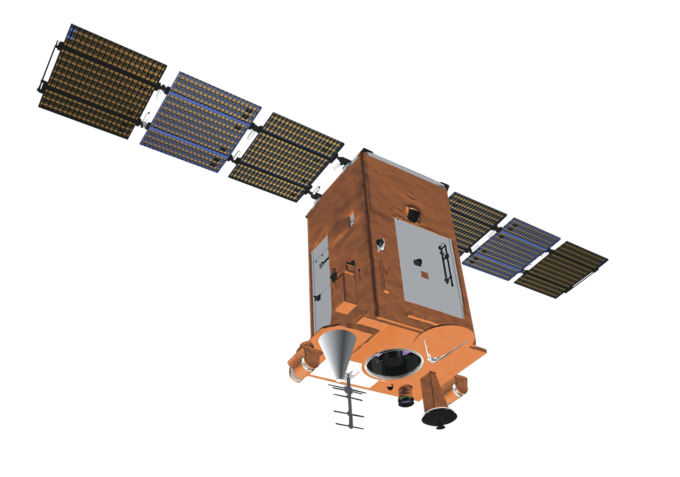
Aist-2D
AIST-2D is a microsatellite built by JSC «SRC «Progress», a leading enterprise in the Russian rocket and space industry.
AIST-2D houses an innovative Earth observation payload, as well as scientific equipment for studying of near-Earth space and its impact on the satellite instruments, materials and coatings of the bus structure. The microsatellite carries the high-resolution optical-electronic camera Aurora.
General characteristics
Resolution
1.5 m Pan
4.5 m MS
Orbit
SSO (490 km, 97.28°)

